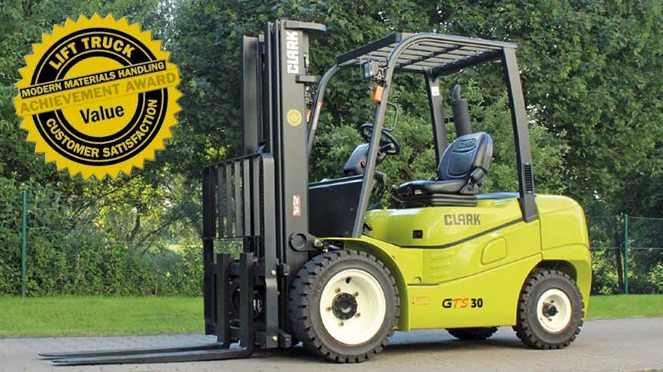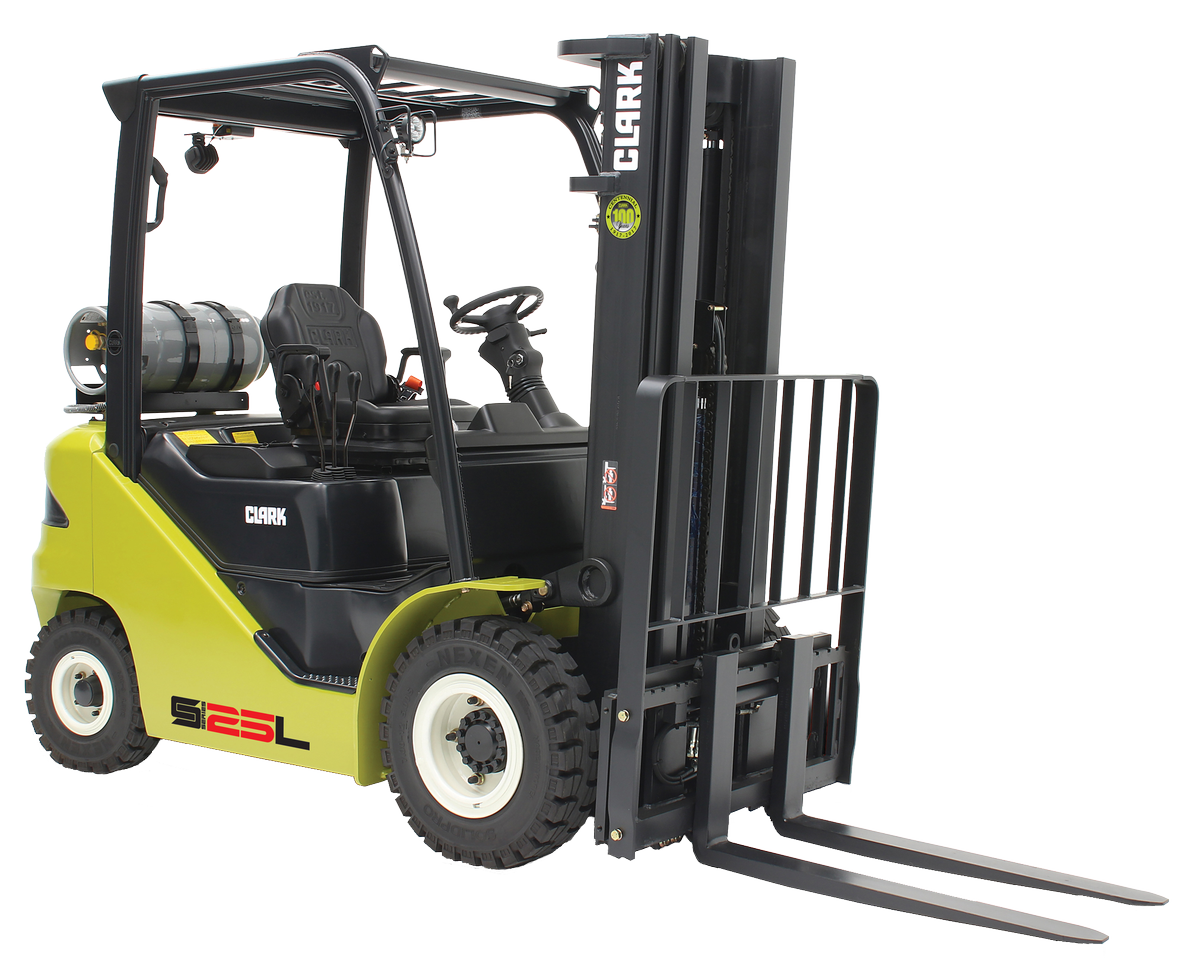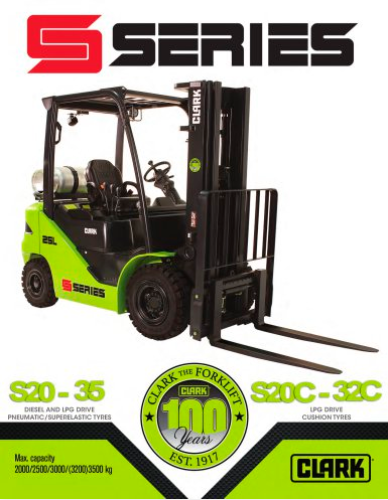
Factors to Consider When Choosing a Forklift
January 21, 2019
What should you keep in mind when looking for a forklift?
- Work environment
- Load capacity
- Forklift size
- Ergonomics
- Relative age
Whether you’re in charge of a small commercial warehouse or of a portside logistic center, as long as your main work is to handle different kinds of materials, it’s important that you have a forklift. The Philippines is filled with numerous logistic areas all over. That being said, when your part of the operations is in either commercial or industrial areas, you’ll almost always find a forklift somewhere in the premises.
You can also find forklifts in construction sites where trained employees work with heavy construction equipment like cranes and excavators in the Philippines. The forklift is a very versatile piece of material handling equipment, making it one of the most acquired and highly sought-after machines. However, there are many forklifts from different manufacturing companies that provide a lot of features.
It can be difficult choosing which forklift is the best one for your business because there are several elements that you have to take note of. Take a look at these factors that you have to always keep in mind whenever you’re choosing a forklift for your business:
Work Environment
The place where the forklift will be used says a lot about what kind you need. That’s because the surface where the forklift is used will dictate tire selection and fuel type.
When it comes to forklift tires there are three types to choose from.
Pneumatic tires are the ones you need for rough and outdoor use. They are much like heavy-duty tires that you see on construction equipment. They’re filled with air and have large deep treads.
Solid rubber tires are technically the same as pneumatic tires—the difference being that the tire is rubber through-and-through. The trade-off is that it offers less protection than traditional pneumatic tires.
Polyurethane tires are typically used indoors and by electric forklifts. They’re lightweight and have low rolling resistance as well as good traction.
When it comes to the fuel, LPG, petrol, and diesel are mostly used for outdoor and rough environments as they provide more power, while battery-powered forklifts work best for indoor applications.
Load Capacity

It’s very important to make sure that the forklift that you get can support the minimum lift requirements that you need. Take into consideration the cargo that you’ll handling and the average weight of your load along with the potential heaviest load you need to lift.
Aside from just the weight of the load, it’s also important to take note of the type of load that you’ll be handling. Certain kinds of load need specific kinds of attachments aside from the standard forks that forklifts in the Philippines have.
By making use of different forklift attachments, you’ll be able to handle loads more effectively.
Bonus tip: look for side-shift features in your forklifts, these lets you move the load to the left or to the right without having to move the forklift itself.
Forklift Size
Unlike heavy construction equipment such as excavators in the Philippines, bigger forklifts aren’t necessarily better. To determine what size of forklifts is appropriate for your business, you have to take into consideration the space for maneuvering and the load it has to lift.
Warehouses and areas that have very small alleys for maneuverability will need smaller forklifts. Most of the time it’s for indoor applications which require electric forklifts.
Outdoor applications of forklifts, on the other hand, usually demand a lot more work to be done. More lifting and bigger loads will require bigger forklifts with more horsepower.
Ergonomics

You also have to take note of how easy it is to use. Forklifts may either be a standing unit or a seated one. For more safety, forklifts with seats for the operators are recommended because they have seatbelts and other safety features. They’re also required for forklifts that are to be used in loading docks.
The comfort of your operators may not sound like a viable priority, but it can help greatly in prolonging and optimizing their performance during work hours.
Relative Age
Every purchase of a forklift doesn’t necessarily need to be of a brand new one. Oftentimes, you need to weigh the pros and cons of getting a new or a used forklift.
If you think that you won’t be using the forklift for around four hours per day, you might find leasing, renting, or getting a second-hand forklift much more suitable. However, if there’s a large load of tasks in need of forklifts, then getting a brand new model might be your best bet.
Key Takeaway
At the end of the day, the biggest factor in choosing your forklift is the budget that you have. But by the time you find yourself in the process of selecting a particular model, you’ve probably already taken note of that as well.
Choosing a forklift is not supposed to be done quickly. It should be thought of for a significant amount of time since these kinds of expenditures is a pretty big investment for any company.